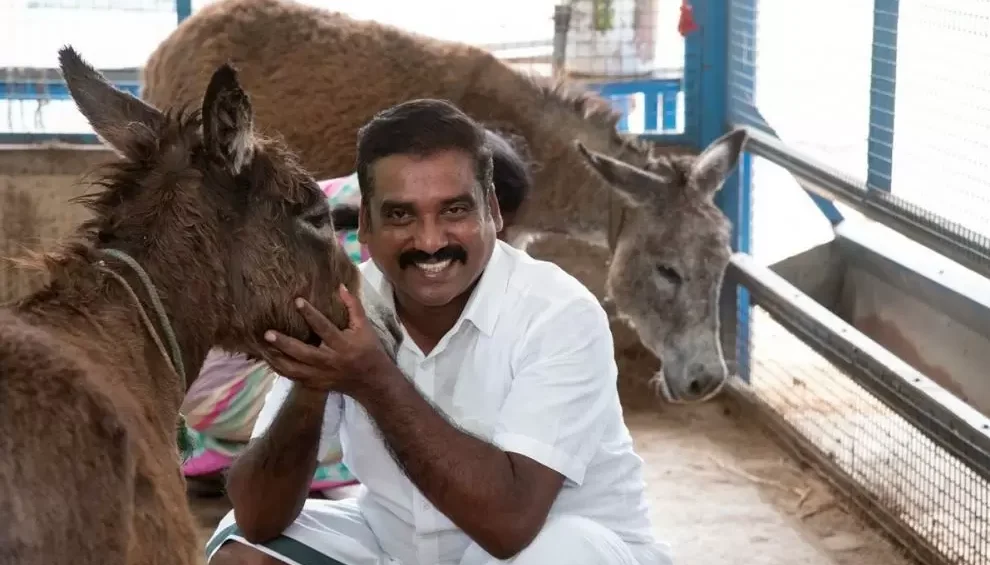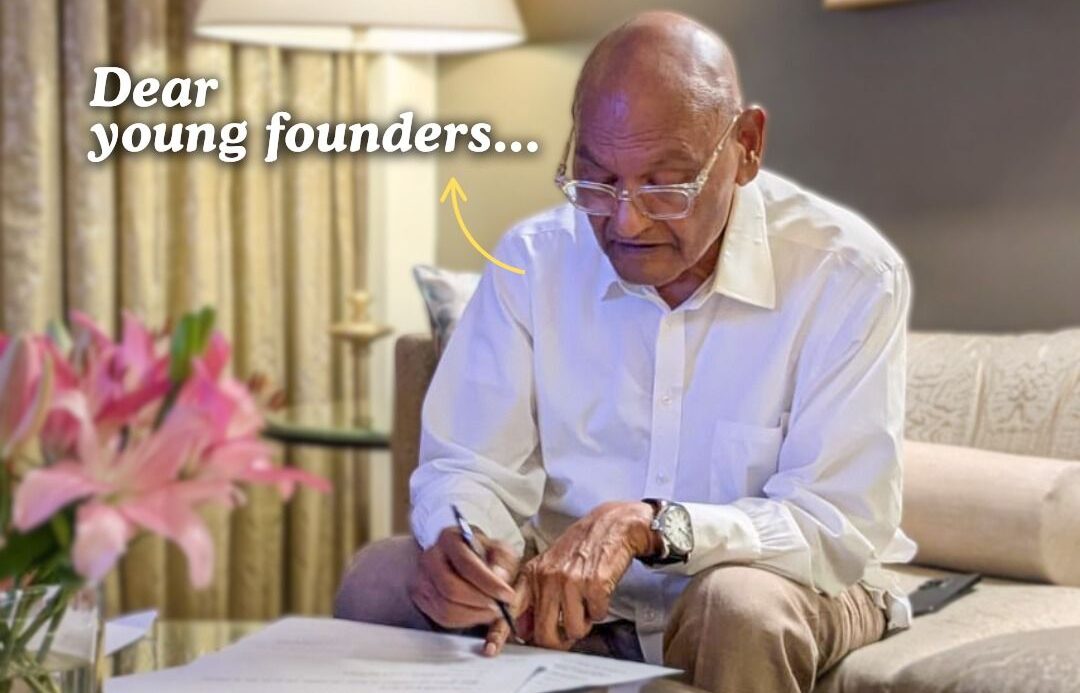Soon, you’ll be able to take an air taxi to run your errands!
Thanks to Magnum Wings, a startup based in Guntur, Andhra Pradesh, which has unveiled the V2 – a two-seater air taxi.
Magnum Wings was started by Chava Abhiram, a Guntur native. He earned his Master’s in Robotics Engineering in the United States. Driven by a vision to establish an institution in India, he recognized the potential of air taxis to alleviate traffic congestion in urban areas. After extensive research on global advancements in air taxi technology, he founded Magnum Wings in 2019. The company is based in Nallacheruvu, on the outskirts of Guntur, where Abhiram successfully developed a prototype of a compact air taxi.
So far, Magnum Wings has Two models –
- V2
- MW Viper
While V2 air tax is 2 seater, offering a range of 40 kmph, top speed being 100 km/h, its counterpart MW Viper gives a range of 200 km with top speed being 120 km/h.
| Feature | V2 Air Taxi | MW Viper UAV |
|---|---|---|
| Type | Air Taxi | Unmanned Aerial Vehicle (UAV) |
| Launch Date | Unspecified | March 22, 2022 |
| Primary Purpose | Urban air transportation (short commutes) | Surveillance, payload delivery, aerial surveying |
| Seating Capacity | 2 seats | Unmanned (drone) |
| Power Source | Battery-powered | Battery-powered |
| Top Speed | 100 km/h | 120 km/h |
| Range | 40 km | 200 km |
| Altitude | 1,000 feet | 100 to 2,000 feet |
| Endurance | Not specified | Up to 2 hours |
| Applications | Urban air commutes, air taxi service | Ground surveys, surveillance, medical transport |
| Special Features | Compact, eco-friendly, designed for city use | VTOL (Vertical Take-Off and Landing), high payload capacity (5 to 60 kg) |
| Payload Capacity | Not applicable | 5 to 60 kg |
| Use Case | Short city commutes to reduce traffic | Extensive area surveys, cargo delivery, surveillance missions |
This table provides a side-by-side comparison of the V2 Air Taxi and the MW Viper UAV, highlighting the differences in their functionality, applications, and specifications.
V2 is currently prices at Rs 2 Crore. With V2, founder Chava Abhiram envisions offering the same affordability that regular cab travel comes with.
In an interview, he said, “These vehicles are powered by batteries, and their maintenance costs remain low due to the shorter distances travelled through the air.”
While the V2 has seen successful experimentation, Abhiram Chava and Magnum Wings are in the process of designing a three-seater air taxi called X-4.
Air Taxi Laws in India
The regulatory framework for Air Taxi Laws in India are still under process as India is on track to introduce air taxi services by 2026, with the Directorate General of Civil Aviation (DGCA) establishing a regulatory framework to support this initiative.
- Airworthiness Certification: The DGCA has issued guidelines for the airworthiness certification of electric vertical takeoff and landing (eVTOL) aircraft. These regulations ensure that eVTOLs meet safety standards regarding design, construction, flight performance, and structural integrity.
- Vertiports: New rules have been established for vertiports, which will serve as operational hubs for air taxis. The guidelines cover infrastructure specifications, safety protocols for takeoff and landing, battery charging requirements, and emergency response planning.
- Type Certification: The DGCA has released criteria for type certification of vertical take-off and landing capable aircraft (VCA), ensuring that all eVTOLs are compliant with safety and operational standards before they can be used commercially.
Union Civil Aviation Minister K. Rammohan Naidu has described these initiatives as transformative for urban transport in India. The government is focused on fostering innovation in aviation technology while enhancing regional connectivity and making air travel more accessible.
In summary, as the country prepares for this new mode of transport, significant developments in infrastructure and technology are anticipated in the coming years.
ALSO READ : Bad Parking Spot? ParkMate is here to Rescue!























